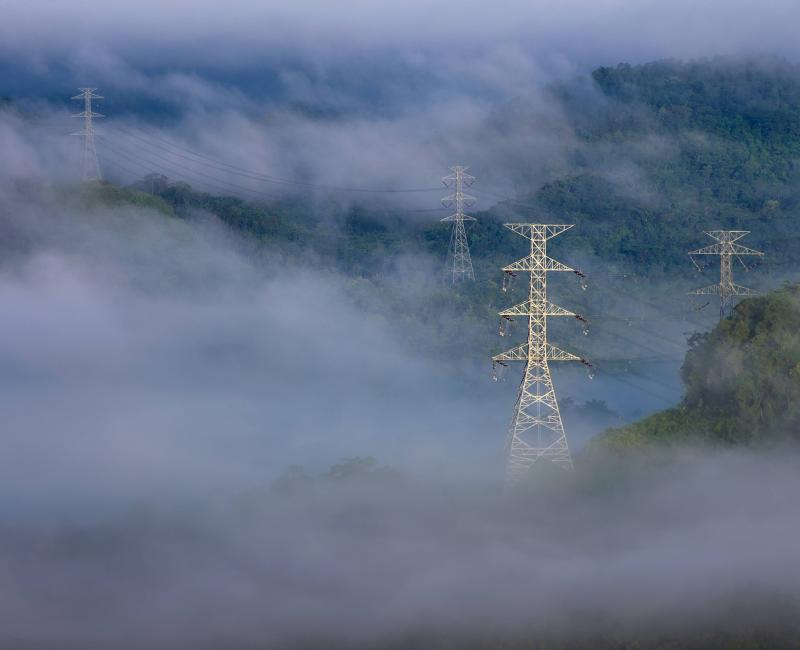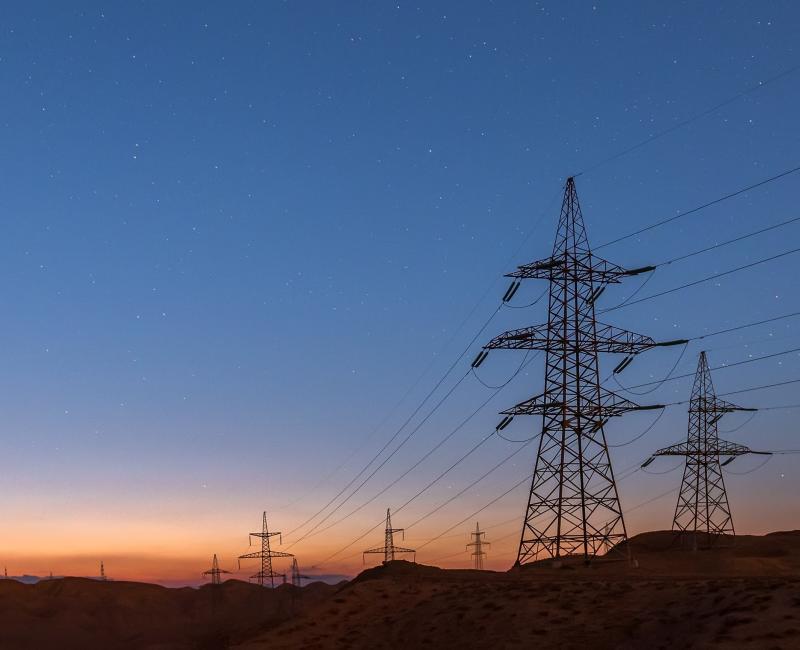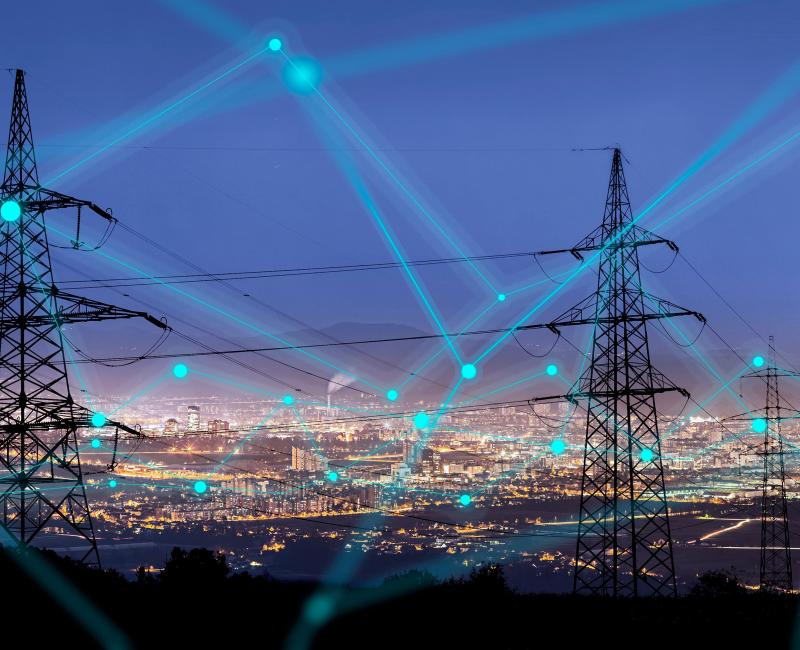ACER amends the EU electricity balancing rules to improve the efficiency of the PICASSO platform

ACER amends the EU electricity balancing rules to improve the efficiency of the PICASSO platform
What is it about?
Today, ACER issued two decisions that amend the EU electricity balancing rules including the implementation framework for the PICASSO platform and the balancing pricing methodology on all EU balancing platforms.
Balancing the supply and demand for electricity is key for the stability of the power system. To help maintain grid balance, Transmission System Operators (TSOs) activate balancing energy from parties like generators, storage providers or others who can quickly adjust the electricity they feed into or withdraw from the grid.
Sharing balancing energy between countries builds electricity resilience in Europe and saves money. The Electricity Balancing Regulation was introduced in 2017 to regulate the smooth exchange of balancing energy across borders.
Balancing platforms
Since then, TSOs, the national regulators and ACER have done much work to progress towards a pan-European electricity balancing market that would make the activation of balancing services cheaper for the European consumers. PICASSO, MARI and TERRE are the TSOs’ projects establishing the three European electricity balancing platforms.
The PICASSO platform was launched in June 2022 for the exchange of the automatic frequency restoration reserve (aFRR). Currently, the platform is used by the TSOs of Germany, Austria and Czech Republic. The end of the legal derogations for European TSOs to connect to this balancing platform is July 2024.
Since the PICASSO platform started operating, some inefficiencies have been observed. To address them, in February 2024 TSOs proposed changes to the rules governing how:
- TSOs reflect their demand in the PICASSO platform;
- prices are set in the platform.
ACER believes that making the PICASSO platform operate efficiently is important to build trust in the market and secure the timely connection of more TSOs which, in turn, will bring more liquidity ensuring a better coordination across Europe and cheaper costs for consumers.
The end of the legal derogations for European TSOs to connect to this balancing platform is July 2024.
What are the main amendments?
With its Decisions 08/2024 and 09/2024 released today, ACER has revised the TSOs’ proposals, and amended the following rules:
- The pricing methodology which establishes a harmonised approach for calculating prices across the EU balancing platforms, including the PICASSO platform. ACER has made changes to the way the cross-border marginal price is computed and to the technical price limits.
- The implementation framework which describes the design of the PICASSO platform. ACER has introduced the possibility for TSOs to use an elastic demand, so that they can efficiently reflect the trade-off between extra costs and better frequency quality.
To inform its decision-making process, ACER engaged with stakeholders via a public consultation (March-April 2024) and a webinar (held in April 2024).
What’s next?
European TSOs have one month after the adoption of ACER’s decisions to implement the required changes in the electricity balancing platforms.



